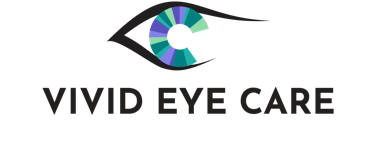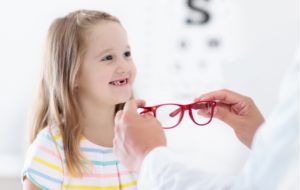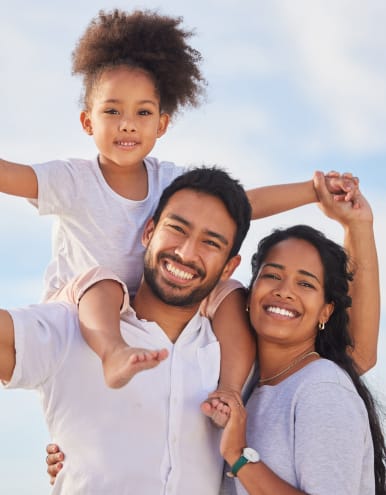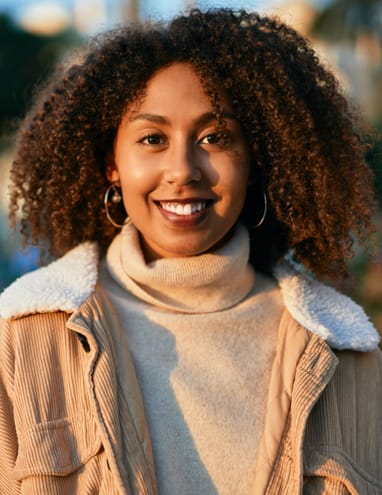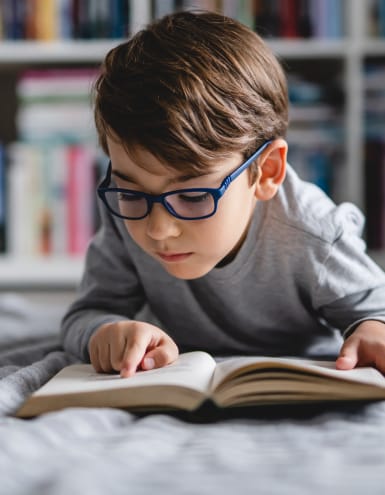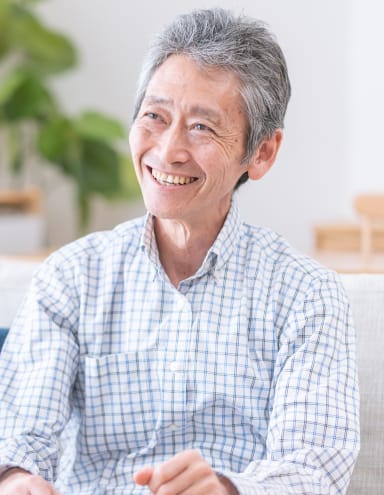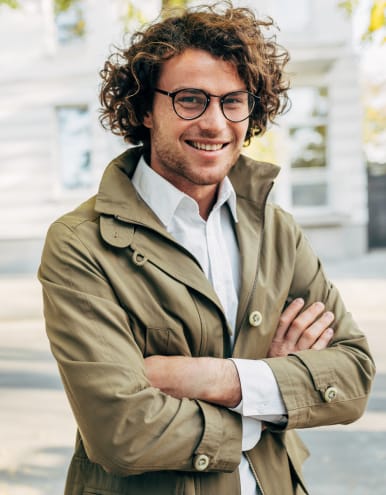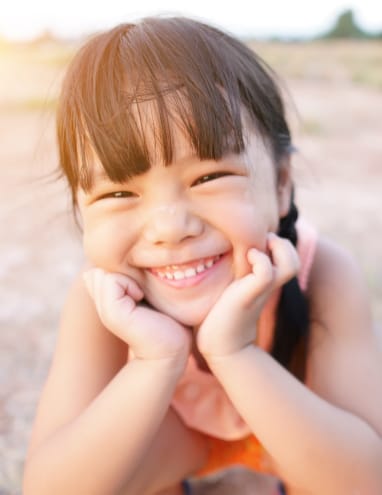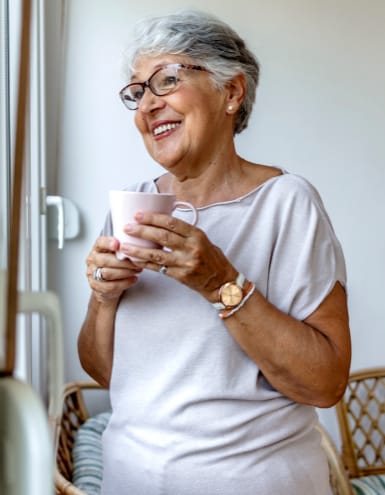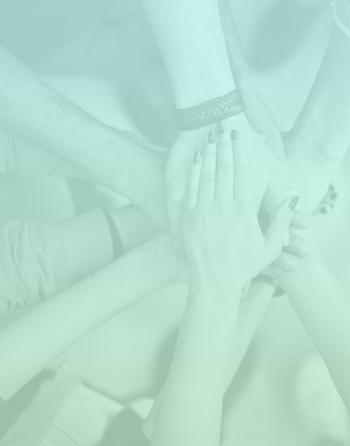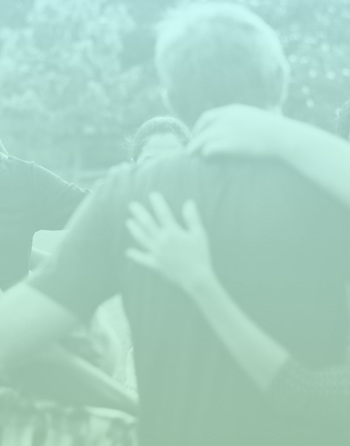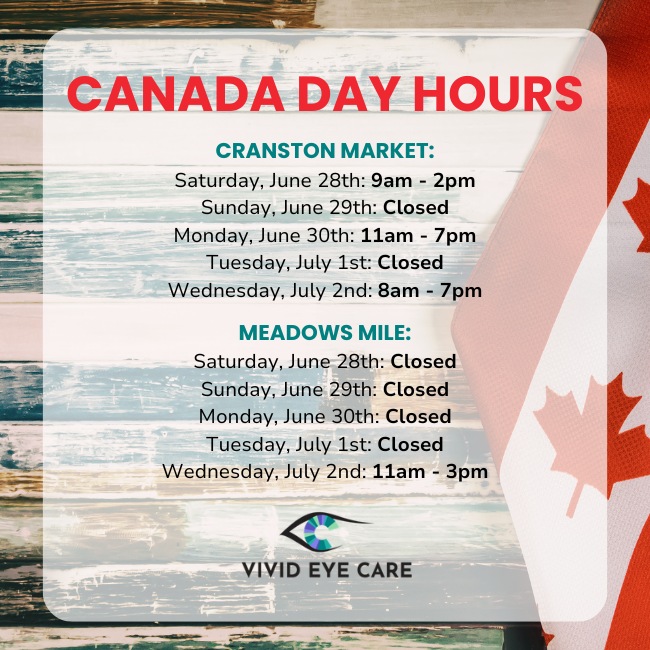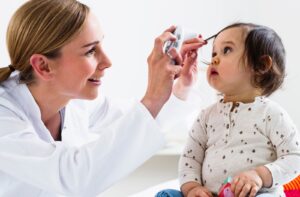
The months while you’re expecting a baby and the time after your little one has joined the family are a whirlwind of emotions, new experiences, and visits with your medical team. It’s important not to neglect their eyes as a part of these welcome-to-the-world checkups.
Children take in a vast amount of information about their surroundings through their sight. Make sure they’re seeing well and developing healthily with eye exams from your family optometrist. Your little one’s first eye exam can help monitor for common eye problems in children and establish a baseline to watch for any unexpected changes in their eyes.
Planning Your Child’s Optometrist Visits
Your child should have their first eye exam around 6 months. An exam around this age can determine if:
- The inner eye’s structures are healthy
- Eye movements are developing normally
- Your child’s eye reflexes are responsive
- Their eyes are working together properly
Once you’ve brought them in for their initial exam, we recommend that your child has their eyes checked annually going forward. Routine eye exams ensure that any changes or internal problems are caught promptly.
Of course, this is only a guideline. Your child may need to see their optometrist more often if a visual problem or eye condition is discovered or if they’re at risk for developing eye problems. Risk factors include:
- Family history, including a sibling with eye problems
- Environmental factors, such as exposure to tobacco smoke
- Neurodisabilities, like down syndrome or cerebral palsy
- Complications during pregnancy
- Complications during birth
- Premature birth
When it comes to an eye exam schedule or treatment plan, your optometrist will be able to determine the best course of action for your child’s eyes.
What To Expect at Your Baby’s First Eye Exam
An infant’s eye exam looks different from the eye exam you as an adult are familiar with. For instance, very young children cannot tell us if they have vision problems, so many of the tests used focus on what the optometrist and parents can observe.
Children’s eye exams are performed with the utmost care and aim to keep your child as comfortable as possible. Generally, parents will be asked to help keep their child calm and cooperative during the exam.
The exam will involve:
- Taking a history of your child’s health, any family history, developmental milestones they’ve met, & any concerns you have about their eyes or vision
- Evaluating reflexes
- Testing their visual acuity (sharpness of their vision)
- Determining if the eyes are coordinated
- An examination of the internal eye
In Alberta, children’s eye exams are covered under our provincial healthcare plan until they reach 19 years of age. Don’t let cost concerns stop you from getting your child the best in early eye care.
The Importance of Early Eye Health
Eye health plays a major role in our overall wellness. By the time children reach grade school, 1 in 4 kids has developed a vision problem, and since 80% of what children learn in school is presented visually, this can present problems.
Children who struggle to see clearly may find themselves frustrated, disinterested, or discouraged with their education. They may become restless or distracted in class—sometimes vision problems are misdiagnosed as a neurodivergence like ADHD.
Common childhood eye conditions can progress as they age if left untreated. This includes:
- Strabismus (crossed or turned eyes): sometimes seen to a slight degree in young children, but if it persists, it can cause double vision and is easiest to treat in childhood
- Amblyopia (lazy eye): difficult to treat as we age but can resolve completely when managed before 6
- Myopia: When myopia starts young, it can progress into high myopia
Getting your child’s eyes examined early also forms a baseline that aids in evaluating any visual changes. Eye exams can also shed light on other conditions or diseases that affect multiple areas of the body. The best offence is a good defence—start your little one’s eye health journey as soon as possible.
Signs of Vision Problems
As a parent, you can help guard your child against vision problems. Outside of their annual exam, you can keep watch for signs of vision problems that may crop up. Remember, children may not realize their vision is compromised—they may assume everyone sees the same way they do.
Signs to note include:
- Redness in the eyes
- Watering eyes
- Excessive eye rubbing
- Squinting to see
- Light sensitivity
- An eye that turns in or out
- Excessive blinking
- Inability to concentrate on visual tasks
- Covering or closing one eye
- Holding objects very close to the face
- Avoiding books and television
- Tilting the head while trying to see something
- Frustration with visual tasks
Educating yourself about children’s typical visual development milestones can also help you make sure your child’s sight is developing healthily.
Make Eye Care A Family Affair
Another perk of bringing your child in for eye exams early and regularly? It sets the precedence for the remainder of their life that their eye health matters.
Set a good example for your children from infancy to their teenage years:
- Wear any glasses or contacts you need regularly
- Wear sunglasses to block UV rays (there are sunglasses designed for kids, too!)
- Use eye protection at work & during activities like sports
- Talk to your children about proper eye hygiene
Book eye exams for the whole family, and bring your children to Vivid Eye Care early to keep their vision clear.
